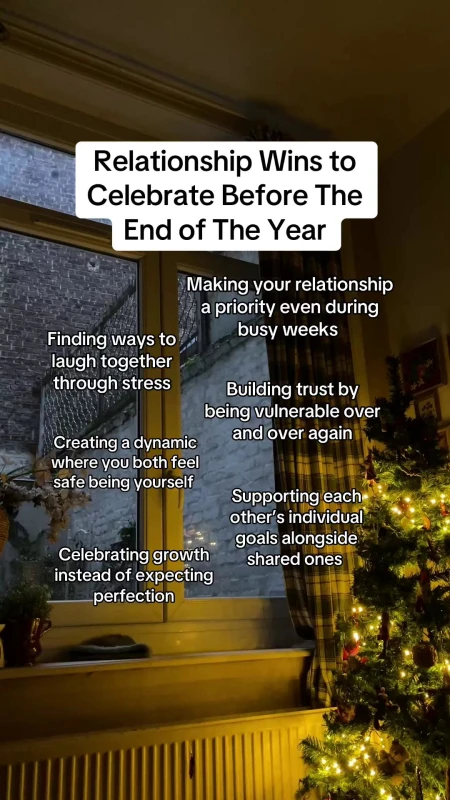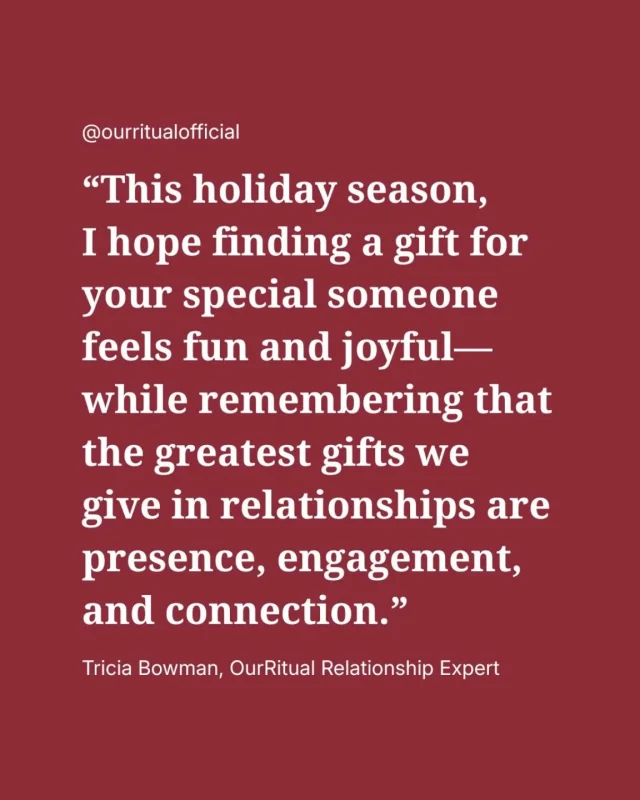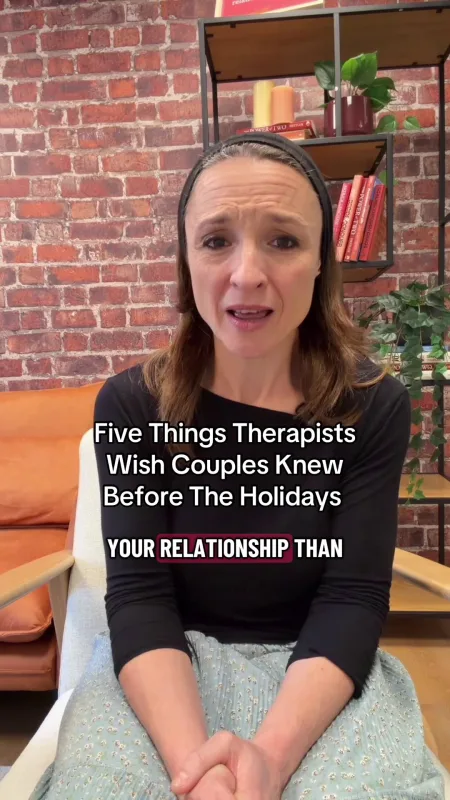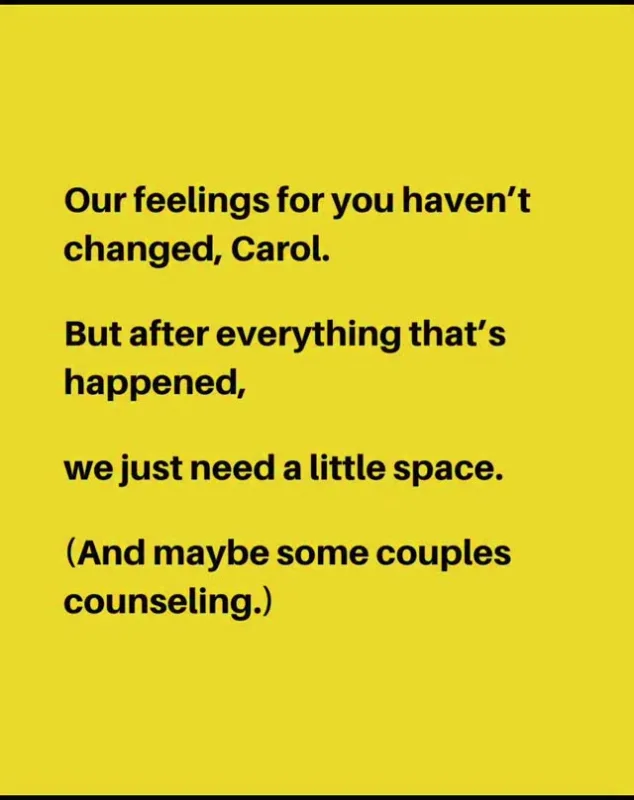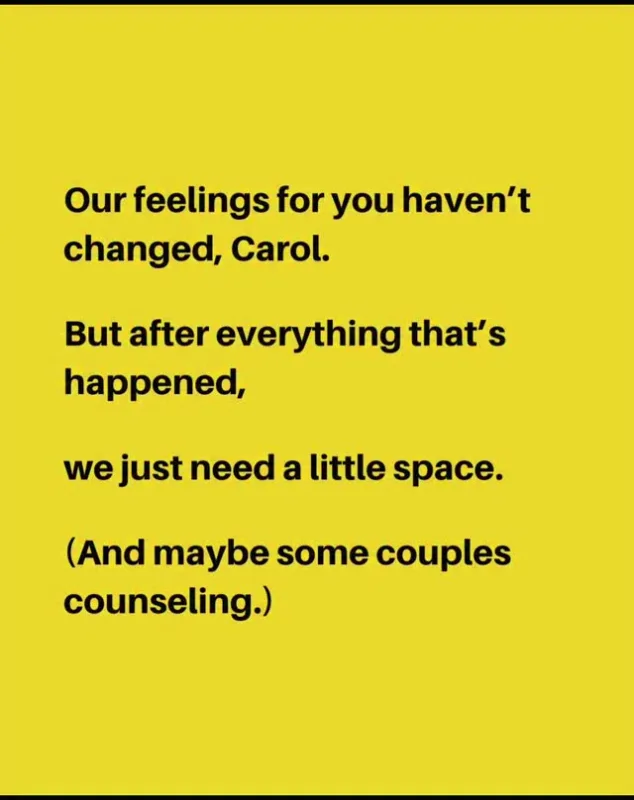ransparency in a relationship is one of the strongest foundations for trust. It allows you to openly share your feelings, needs, and intentions in a way that feels safe for both partners. When you’re clear and honest, you’re less likely to run into misunderstandings, small problems get addressed before they grow, and challenges feel like something you can handle together.
Key takeaways:
- Openness fuels closeness - when you feel safe to be yourself, emotional intimacy grows naturally.
- Clarity prevents tension - clear communication helps you work through disagreements without them spiraling.
- Follow-through builds trust - when words match actions, reliability deepens the bond.
- Boundaries protect connection - transparency works best when paired with respect for personal space.
You can start building this kind of openness by setting aside regular time for honest conversations, learning techniques that keep discussions constructive, and agreeing on boundaries that feel fair to both of you. And if fears or different communication styles make it tricky, consistent small steps and guided support - like the tools from OurRitual - can make the process much easier.
Benefits of Transparency in Relationships
When couples embrace openness, they create a foundation for stronger, more meaningful connections. Transparency ripples through every part of a relationship, reinforcing trust, communication, and emotional closeness. Here’s how it makes a difference:
Building Emotional Intimacy
Emotional intimacy flourishes when both partners feel safe enough to share their deepest thoughts, fears, and dreams without fear of judgment. This kind of openness encourages vulnerability, allowing each partner to truly be seen and understood. Every honest conversation strengthens the relationship, creating a deeper sense of trust and connection.
Reducing Miscommunications and Conflicts
Honest communication is a powerful tool for avoiding unnecessary misunderstandings. When concerns are shared early, they’re less likely to grow into major issues. Addressing things promptly allows partners to tackle problems together before they escalate.
Transparency also helps shift the tone of conversations. Instead of focusing solely on problems, partners often approach discussions with potential solutions, turning disagreements into opportunities to grow as a team.
Building Accountability and Trust
Being transparent means being upfront about actions, decisions, and intentions. This level of openness builds reliability and consistency - essential ingredients for trust. When partners discuss challenges or limitations early on, they set realistic expectations and avoid unnecessary disappointments.
Consistency in sharing and checking in with one another creates a secure environment. It reassures both partners that they can face challenges together with honesty and mutual support. Over time, this steady openness deepens the bond and reinforces the sense of working as a team.
How to Build Transparency in a Relationship
Building trust in a relationship benefits greatly from emotional closeness and reduced conflict, and transparency plays a key role in achieving that. It requires conscious effort and thoughtful strategies to encourage open communication and strengthen trust. Here are some practical ways to nurture transparency.
Creating Safe Spaces for Honest Conversations
Transparency starts with fostering an environment where both partners feel comfortable sharing their thoughts and emotions. Set aside dedicated time free from distractions - put away devices and choose a quiet, private setting. Begin with lighter topics to ease into more meaningful discussions.
Be mindful of your emotional triggers to help manage your reactions and maintain a supportive atmosphere.
Focus on creating a judgment-free zone. Listen attentively without jumping in to fix or correct. If tough emotions surface, take a moment to pause and breathe, avoiding any impulsive reactions that might derail the conversation.
Using Clear Communication Techniques
Clear communication is key to building transparency, and it starts with techniques that promote understanding and reduce defensiveness. One effective tool is using "I" statements. Instead of saying, "You never listen to me", try, "I feel unheard when I have to repeat myself." This shifts the focus to your feelings without assigning blame.
Reinforce teamwork with phrases like, "How can we work through this together?" This emphasizes shared goals. Another useful method is the LARA approach - Listen, Affirm, Respond, and Add. First, truly listen to what your partner is saying without interrupting. Then, affirm their experience by showing you understand by saying something like: “I can see why that was upsetting for you”. Next, respond with your perspective, and finally, add something constructive that keeps the conversation moving forward.
Notice their body language, tone, and expressions - sometimes those say more than words. If something isn’t clear, ask instead of assuming. And when it’s your turn to listen, give your full attention so your partner feels heard.
Setting Clear Expectations and Boundaries
Transparency also involves setting clear boundaries to build trust. Take time to reflect on your values and needs, and articulate them clearly. For example, instead of vaguely saying, "I need more space," you might share, "I’d like to set aside one evening a week just for myself - maybe to take a class or catch up with a friend."
Discuss boundaries during calm moments, not in the heat of conflict. Clearly outline what happens if boundaries are crossed, and follow through respectfully. As relationships evolve, boundaries may need to shift, so regular check-ins help ensure your boundaries stay relevant and supportive for both partners.
Building transparency takes time and effort, but these actionable steps provide a solid foundation for couples looking to strengthen their bond through open and honest communication.
Overcoming Transparency Challenges
Being transparent isn’t always easy. Fear, past experiences, and differences in how we communicate can create barriers. But with the right strategies, couples can work through these obstacles to build trust and honesty. Here’s how to address some common challenges step by step.
Overcoming Fear of Judgment or Rejection
Fear is often the biggest hurdle to being transparent. Many people worry about being judged, misunderstood, or even rejected when they open up. These fears might come from past relationships, childhood experiences, or the natural desire to feel accepted.
Start with less vulnerable topics to build trust. Sharing smaller, less personal things first can help create a pattern of positive, open communication, making it easier to discuss deeper matters later.
Another helpful approach is to be upfront about your fears. For instance, you could say, "I want to share something with you, but I’m nervous about how you’ll react. It’s important to me, though, and I feel disconnected when I can’t talk to you about it." This kind of honesty can pave the way for deeper conversations.
Challenge negative thoughts that aren’t based on facts. If you catch yourself thinking, "They’ll think I’m foolish", or "This will ruin everything", take a moment to question whether those thoughts are based on actual evidence. Instead, remind yourself that your partner likely cares about you and wants to understand.
Remember the benefits of being open. When you share your true self, it allows your partner to connect with and support the real you.
Rebuilding Transparency After Betrayals
When trust has been broken, restoring transparency takes time, consistency, and a willingness to start anew. A breach of trust often means the relationship needs to be rebuilt from the ground up.
Accept that the dynamic has changed and focus on building a new foundation. Instead of dwelling on past mistakes, work together to create a future grounded in honesty and mutual respect.
Assume positive intent when doubts arise. If your partner shares something difficult, try to give them the benefit of the doubt. This approach fosters healing and re-establishes the emotional safety needed for openness.
Let go of lingering anger to make room for progress. Processing hurt feelings in a healthy way, rather than holding onto resentment, can free up energy to focus on rebuilding trust.
Take small, consistent steps toward honesty. Daily acts of transparency - like sharing your plans, admitting when you’re wrong, or expressing concerns - add up over time. Vulnerability always carries some risk, but facing those risks together can strengthen your bond.
Fear of judgment may make it hard to open up at first, but rebuilding trust after betrayal requires patience and a fresh start.
Working with Different Communication Styles
Everyone communicates differently, and these differences can sometimes make transparency difficult. Understanding your partner’s communication style - and adjusting your approach - can make a world of difference.
Here are four common communication styles:
- Emotive: Focused on relationships and emotional expression.
- Reflective: Thoughtful and detailed in their discussions.
- Directive: Prefer clear, concise facts and results.
- Supportive: Value listening and maintaining harmony.
To improve communication, tailor your approach to your partner’s style. For example, if they’re reflective, give them time to process what you’re saying. If they’re directive, get straight to the point. With emotive communicators, acknowledge feelings, and for supportive partners, maintain a gentle and non-confrontational tone.
Practice active listening. Paraphrase what your partner says to ensure clarity and let them speak without interruptions. Paying attention to non-verbal cues like tone, body language, and facial expressions can also help bridge gaps in understanding. If a conversation feels overwhelming, take a short pause instead of disengaging entirely.
Use empathy to connect despite style differences. Even if you and your partner communicate in different ways, acknowledging their feelings and perspective can create a stronger bond and make transparency feel safer for both of you.
Navigating these challenges takes effort and patience, but the reward is a deeper connection and stronger trust. Overcoming these hurdles also sets the stage for exploring tools that can further support transparency in your relationship.
Using Digital Tools to Support Transparency
Digital tools have transformed how couples communicate, offering new ways to foster openness and build trust. These platforms provide expert guidance and personalized tools that help couples develop transparency in their relationships, making it easier to navigate communication challenges. OurRitual exemplifies how technology can support honest and meaningful connections.
Using Platforms Like OurRitual for Guided Support

OurRitual combines professional guidance with practical exercises to help couples strengthen transparency. It offers flexible options like 20-minute individual sessions for $32 per week or 40-minute couple sessions for $52 per week. These weekly sessions focus on identifying relationship patterns, improving communication skills, and rebuilding trust using proven techniques.
With guided sessions that provide a safe space for sensitive topics and personalized exercises to help practice transparency day-to-day, the platform gives couples both structure and flexibility to strengthen their connection.
Conclusion: Why Transparency in a Relationship Matters for Trust
Transparency lays the groundwork for trust by allowing both partners to feel genuinely seen and understood. At its core, transparency is about openly sharing feelings and intentions on a regular basis.
The beauty of transparency in a relationship lies in its ability to create emotional closeness. This kind of openness encourages mutual sharing, where partners feel safe revealing important parts of themselves. Over time, consistent honesty builds trust and creates the sense of safety relationships need to thrive.
Incorporating transparency into daily life can be as simple as practicing "I feel" statements during check-ins, sharing details about plans or challenges, owning up to mistakes, and setting clear goals - all while respecting healthy boundaries.
For couples looking for additional support, resources like OurRitual provide structured tools tailored to various relationship needs.
FAQs
How can I be transparent with my partner while respecting their boundaries?
Building trust in a relationship often comes down to finding the right balance between openness and respecting personal boundaries. Start by having honest conversations about what transparency looks like for both of you. This helps set shared expectations and ensures you're on the same page. Be upfront about your feelings and intentions, but also acknowledge your partner's need for privacy and personal space - it’s a two-way street.
Work together to establish clear boundaries, and make it a habit to revisit them regularly. Transparency doesn’t mean revealing every tiny detail of your life; it’s about being genuine and open while still respecting each other’s individuality. Creating a safe, judgment-free environment allows trust to grow naturally without crossing personal limits.
If you’re looking for extra guidance, platforms like OurRitual offer tools and expert-led virtual sessions tailored to help couples improve communication, build trust, and work through challenges in ways that fit their unique dynamic.
How can I overcome the fear of rejection and be more transparent with my partner?
Overcoming the fear of rejection begins with nurturing self-confidence and practicing self-acceptance. It's important to remind yourself that your value isn't tied to someone else's reaction. Being open and transparent is about creating a connection, not striving for perfection.
To ease anxiety, try picturing positive outcomes and focus on fostering a safe environment for honest communication. Share your feelings openly but with care, and encourage your partner to do the same. Vulnerability, while intimidating, often leads to deeper trust and stronger relationships.
For extra guidance, platforms like OurRitual provide tools designed to help couples enhance communication and build trust. Their expert-led sessions and personalized exercises are crafted to meet your specific needs.
How can tools like OurRitual help build trust and transparency in relationships?
Digital platforms such as OurRitual play a key role in building trust and promoting transparency in relationships. They provide a secure environment where partners can openly express their thoughts and emotions, all while offering practical tools to enhance understanding and connection.
With features like expert-guided virtual sessions and tailored exercises, these platforms encourage accountability and consistent effort. They help couples address challenges head-on, creating opportunities to grow closer and deepen emotional intimacy. By prioritizing honest communication and mutual respect, they give partners the resources to cultivate stronger trust and a more meaningful bond.
















